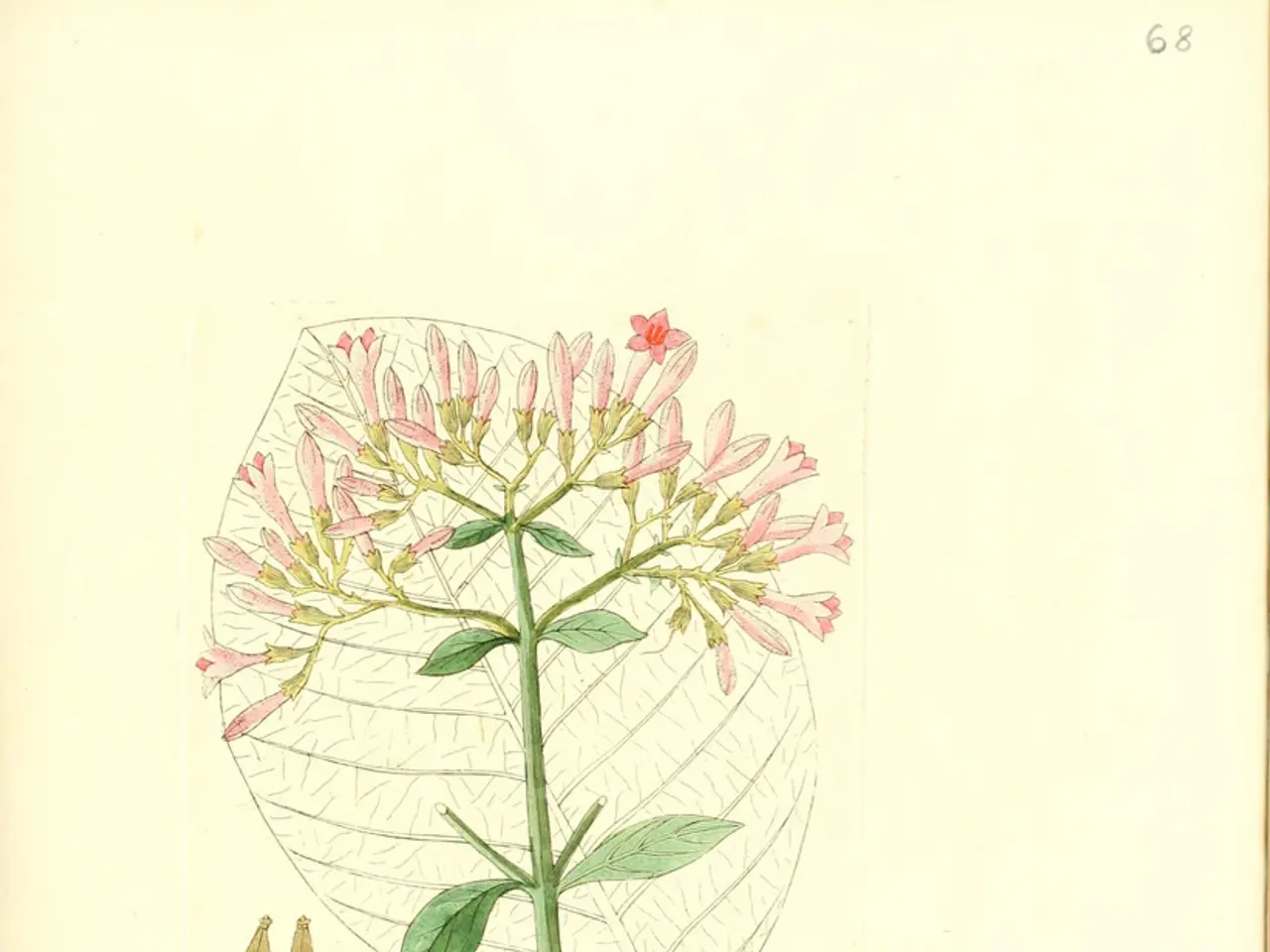Life's Groundbreaking Innovations Explored by Our Writer and Sara Walker
In the vast universe, one of Earth's most fascinating inventions is the emergence of life itself. At the heart of this intricate puzzle lies a property known as chirality, a term derived from the Greek word for "hand," reflecting the mirror-image nature of these molecules.
Chirality is a property that causes molecules to exist in non-superimposable mirror images, or enantiomers. This fundamental molecular asymmetry plays a crucial role in life as we know it, as biological molecules like amino acids and sugars are predominantly of one chiral form.
In the early stages of life's origin, a transition from non-chiral to chiral molecules seems to have been significant. Prebiotic chemistry experiments, such as the Miller–Urey experiment, often produce racemic mixtures (equal amounts of left- and right-handed forms) of amino acids. However, geochemical processes, like enantioselective crystallization on mineral surfaces, can introduce a chiral bias in early organic molecules. This initial bias could then be amplified via autocatalytic networks to yield homochirality.
Homochirality is essential for the assembly of simple molecules into more complex biopolymers, such as proteins and nucleic acids, which have specific three-dimensional shapes critical for catalysis and replication. The emergence of these complex molecules facilitated molecular evolution, pushing the boundaries of complexity necessary for life's emergence.
One hypothesis suggests the existence of an RNA World, where RNA molecules capable of self-replication and enzymatic activity marked a key complexity threshold at life's origin. This complexity laid the foundation for the transition to protein-based life, relying on homochiral amino acids and genetically encoded sequences.
The origin of the genetic code likely began with a simpler subset of amino acids, evolving into the full set of 20 proteinogenic amino acids. This chemical evolution reflects increasing molecular complexity that depends on chirality for proper protein folding and function.
In summary, chirality provides a fundamental molecular asymmetry necessary for the stability and functionality of complex biopolymers, whose emergence and evolution underpin the origin of life. Origin-of-life studies investigate how initial racemic mixtures became homochiral and how this enabled the progressive increase in molecular complexity, ultimately leading to living systems.
The connection between complexity, chirality, and the origin of life is not coincidental. As complexity increases, almost every molecule becomes chiral, crossing a certain threshold. This transition from non-chiral to chiral molecules occurs where life begins to emerge.
The term "Complexity Threshold" refers to this point where the majority of molecules become chiral. In simple molecules (those with fewer than 7-11 heavy atoms), almost none exhibit chirality.
The dangers against which life is trying to survive in predator-prey relationships are themselves evolving, creating a powerful feedback loop of advancement. The emergence of predator-prey relationships is considered one of the most profound inventions, as it accelerated evolution through the urgency of survival.
Other significant inventions in evolutionary history include photosynthesis, complex cells, and the development of sexual reproduction, movement, sight, consciousness, and programmed cell death. Nick Lane, in his book "Life Ascending," explores these inventions in depth.
Chirality is not only about space, but also about time. The phenomenon of chirality is one of life's fundamental mysteries, and understanding its role in the origin and evolution of life remains a captivating area of research.
- In the realm of health-and-wellness, understanding the role of chirality in the formation of biological molecules could contribute to the development of new therapies and treatment strategies.
- The study of environmental-science, particularly geochemical processes, can provide insights into how geological features influence the emergence and maintenance of chirality in early organic molecules.
- The field of space-and-astronomy invites questioning about the prevalence of chirality in organic molecules across the universe, as life's origin might not be unique to Earth.
- Addressing climate-change and ensuring a sustainable future involves consideration of the environmental impacts of human activities on the water cycles and soil systems that have played a significant role in maintaining the chiral bias in prebiotic molecules.




